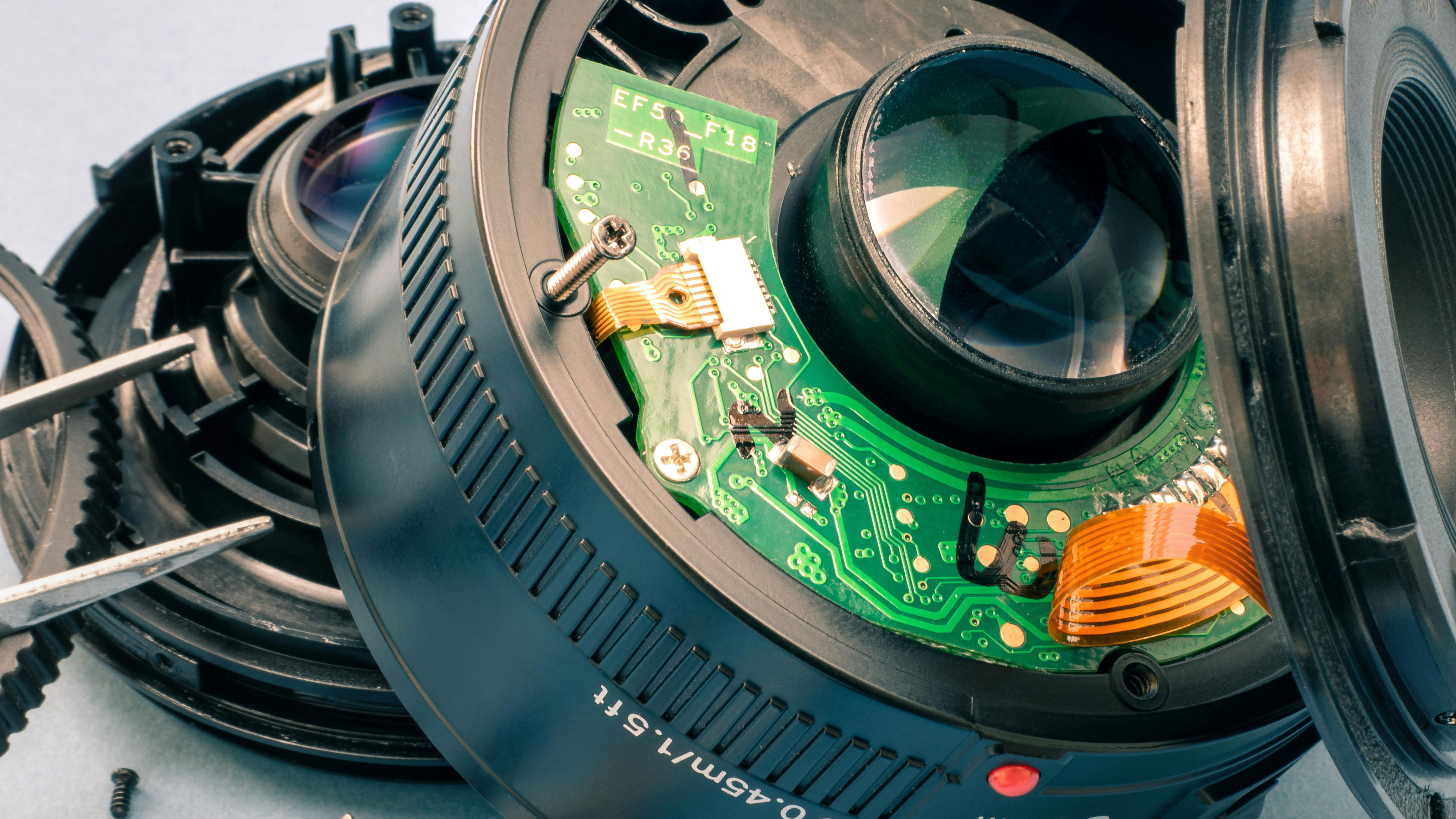Building the perfect quantum camera could help prevent deaths from cancer
Researchers at the University of Waterloo’s Institute for Quantum Computing are designing sensors capable of detecting the smallest unit of light

“Imagine a camera that doesn’t miss anything, one sensitive enough to detect individual photons of light,” says the University of Waterloo’s Institute for Quantum Computing.
That’s been the challenge for Sarah Odinotski and Jack DeGooyer, two PhD researchers from Institute for Quantum Computing and Department of Electrical and Computer Engineering in Ontario, Canada.
Odinotski is part of the Quantum Photonic Devices Laboratory team, led by Dr Michael Reimer. Her work focuses on designing sensors capable of detecting single photons, the smallest unit of light.
A standard camera sensor works by capturing light through a lens and converting it into electrical signals using millions of tiny light-sensitive pixels, called photosites, on the sensor. The intensity of the light hitting each pixel directly translates to the strength of the electrical signal generated, which is then processed by a computer chip to create a digital image.
By designing and creating intricately patterned “metamaterials,” Odinotski and her team aim to capture individual photons and convert them into detectable electronic signals.
ABOVE: Sarah Odinotski introduces the quantum camera
“If you throw a snowball off the side of a cliff, it'll start rolling and will create an avalanche,” she explains. “The structures within our metamaterial are capable of efficiently generating one electron from the single absorbed photon. It can then take that electron and multiply it into millions of electrons to create an ‘avalanche’ of current.”
Get the Digital Camera World Newsletter
The best camera deals, reviews, product advice, and unmissable photography news, direct to your inbox!
Working in the same lab, DeGooyer hopes to build a fully functioning camera made up of these precise sensors by developing microcircuits that can process and monitor the weak signals generated by the sensors.
“What I’m doing is making scales the width of a human hair,” DeGooyer says. “The scales count electrons as they’re passing by.” This process is key to scaling up individual sensors into a system that can generate detailed images with near-perfect sensitivity.”
The possibilities of this technology are wide-ranging, from quantum computing to astronomy. One of the team's motivations is to use their cameras for medical imaging, where they hope their system will enable more accurate detection of cancerous cells for faster diagnosis and treatment.
You might also like…
Take a look at our guides to the best Canon lenses for DSLR's, the best bridge camera, and the best medium format camera, and the best CDC cameras for astrophotography.

After graduating from Cardiff University with an Master's Degree in Journalism, Media and Communications Leonie developed a love of photography after taking a year out to travel around the world.
While visiting countries such as Mongolia, Kazakhstan, Bangladesh and Ukraine with her trusty Nikon, Leonie learned how to capture the beauty of these inspiring places, and her photography has accompanied her various freelance travel features.
As well as travel photography Leonie also has a passion for wildlife photography both in the UK and abroad.
You must confirm your public display name before commenting
Please logout and then login again, you will then be prompted to enter your display name.
